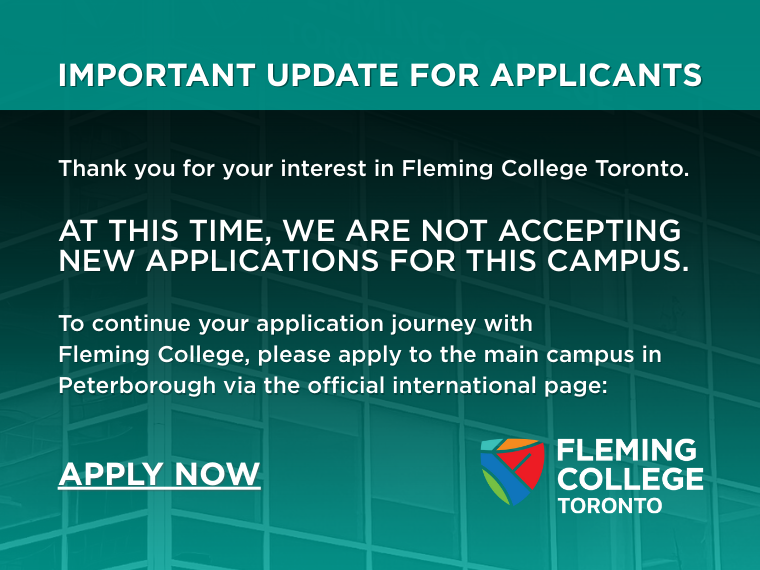Your IELTS Guide: True, False, Not Given Questions – Part 1
- May 11, 2023
- Study Tips

You’ve gotten through the multiple-choice questions and the note completion section, but then you turn the page and there it is… the most dreaded IELTS reading question of them all: True, False, Not Given!
Take a deep breath. Calm down. Sip your bottle of water that has been approved by the accredited IELTS testing centre staff as an acceptable beverage to carry with you into the testing room. There’s nothing to fear.
With a little practice and the right techniques, you’ll be able to handle this question type with ease.
What is the whole point of T/F/NG questions?
The main reason you’re taking IELTS is to get your desired band score, but the test, believe it or not, can actually help improve your English. In particular, T/F/NG questions will help your listening and reading skills by helping you identify the differences between otherwise similar phrases and sentences.
Consider the similarities and differences between, “Talk to you later” and “See you soon.”
Similarity: Both sentences are used to say goodbye.
Difference: In the first sentence, “later” could be one week later, one month later, or even one year later. In the second sentence, “soon” refers to the near future, like within one day or one hour. Each sentence has a different sense of immediacy.
These are exactly the kinds of nuances that T/F/NG will help you understand. Through studying these types of questions, you will gain a deeper sense of all the subtleties of English.
How are these questions structured?
This section of the test is formatted differently for the paper-based test and the computer-based test, but the method for solving these questions does not change.
For the paper-based test, you will be given a reading passage followed by a question and several statements.
For the computer-based test, you will see a reading passage on the left side of the screen. On the right side of the screen, you will see a question followed by several statements.
How do I answer these types of questions?
- In both the paper-based and computer-based tests, it is recommended that you read the questions and all the statements before reading the passage. This type of question is all about matching the statements to the reading passage, so it makes sense to look at the shorter statement before reading a lengthy passage.
- After reading all the statements, pick one that is easy to understand. Now, you will have to decide if the statement is True, False, or Not Given according to the reading passage.
- Usually, there is an order to which the information you’re searching for appears in the reading passage. If the first statement is found at the top of the reading passage, the second statement will be found under it, and the third statement will be under the second statement.
What’s the difference between True, False, Not Given and Yes, No, Not given?
True, False, Not Given questions are about facts. You must determine if a fact is true, false, or not part of a reading passage (not given).
Yes, No, Not Given questions are about claims and opinions. You must determine if the opinion of the statement is the same as the opinion in the reading passage.
If this sounds confusing, don’t worry too much about distinguishing them. The method used to answer these questions is the same.
Visit our blog next week for part two of Your Guide to IELTS: True, False, Not Given Questions, in which we’ll take a closer look at the techniques used to answer these questions.
For some help with IELTS writing, check out our guide to academic writing task 1 or our guide to thesis statements.
Read more blogs
Stress to Success: Managing Personal Challenges to Improve Academic Honesty
Learn about the complex reasons behind academic dishonesty.…
The Benefits of Studying Abroad
Find out how living abroad can change your life for the better.…
How to Have the Full College Experience: Student Clubs
Enjoy your college years and learn about the exciting possibilities of joining a student club.…



